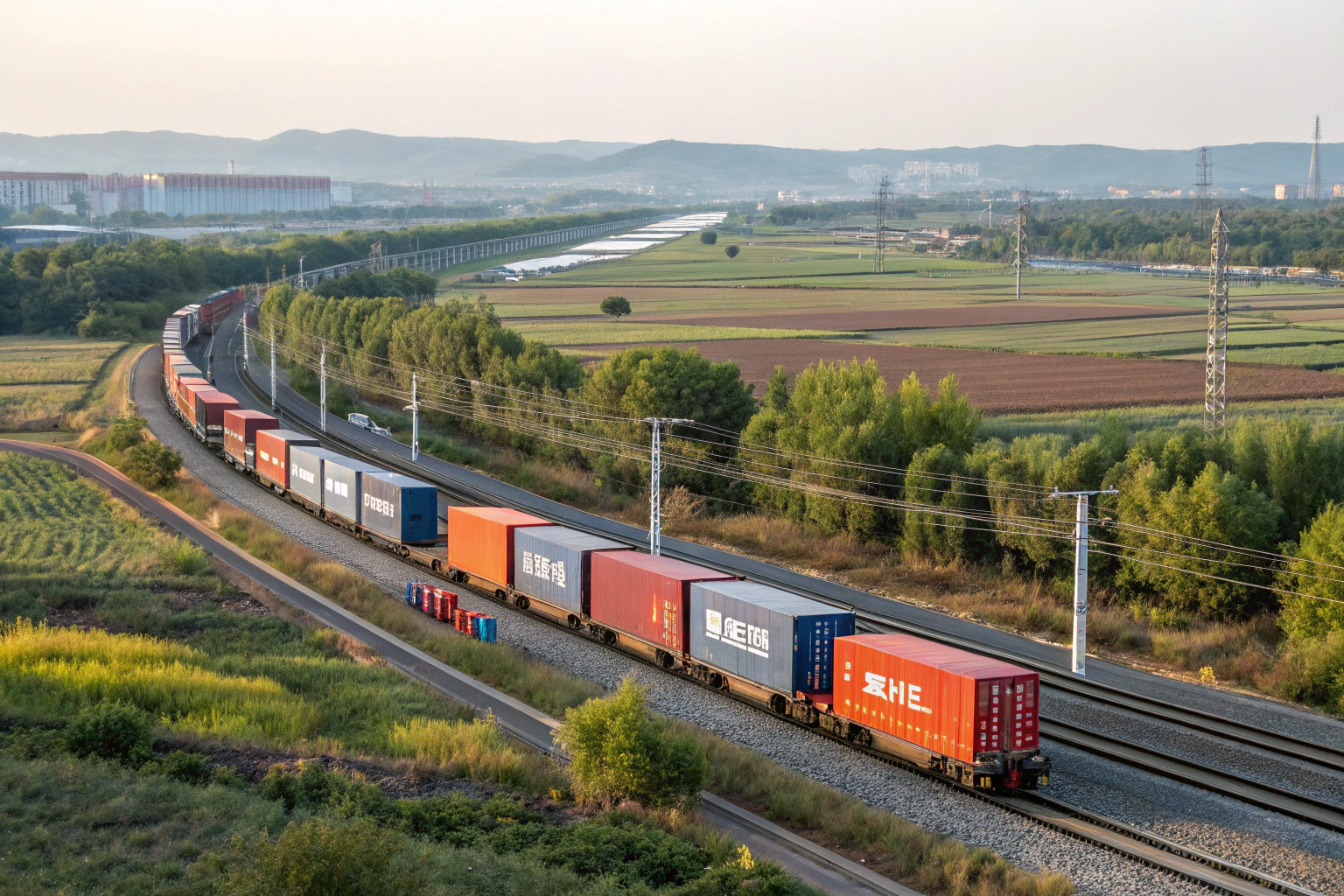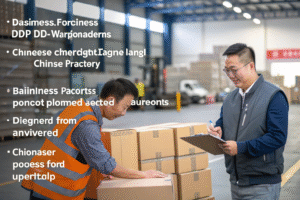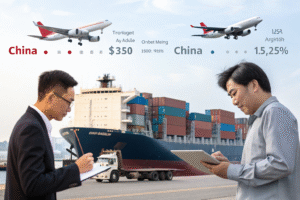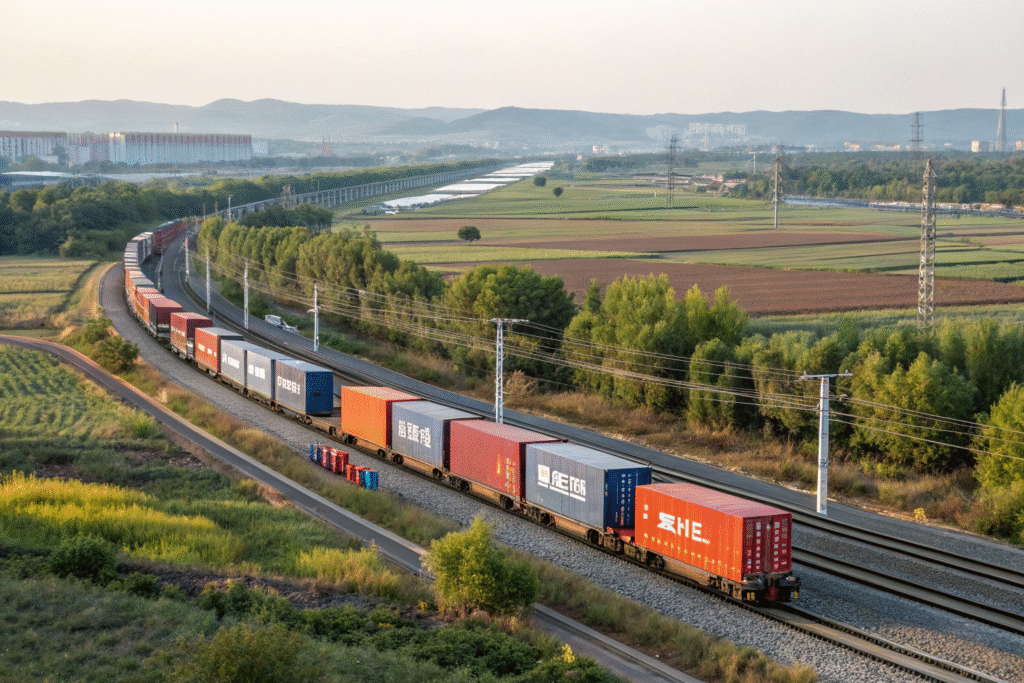
Ocean freight is slow. Air freight is expensive. Road freight is limited in scale. So where does that leave businesses looking for balance? I’ve worked with dozens of importers and exporters who overlooked rail—only to discover later that it was the sweet spot they needed all along.
Rail freight offers the ideal combination of speed, cost-efficiency, and stability for businesses shipping between China and Europe. It's faster than ocean, cheaper than air, and surprisingly reliable for B2B supply chains.
As a freight forwarder based in China, I’ve seen how rail has transformed shipment planning. Let me show you why rail freight might be the smarter alternative for your next route.
How Does Rail Freight Compare in Speed and Cost?
The most common question I get is: “Is rail really worth it?” The answer lies in the middle ground—rail is significantly faster than ocean and far less expensive than air.
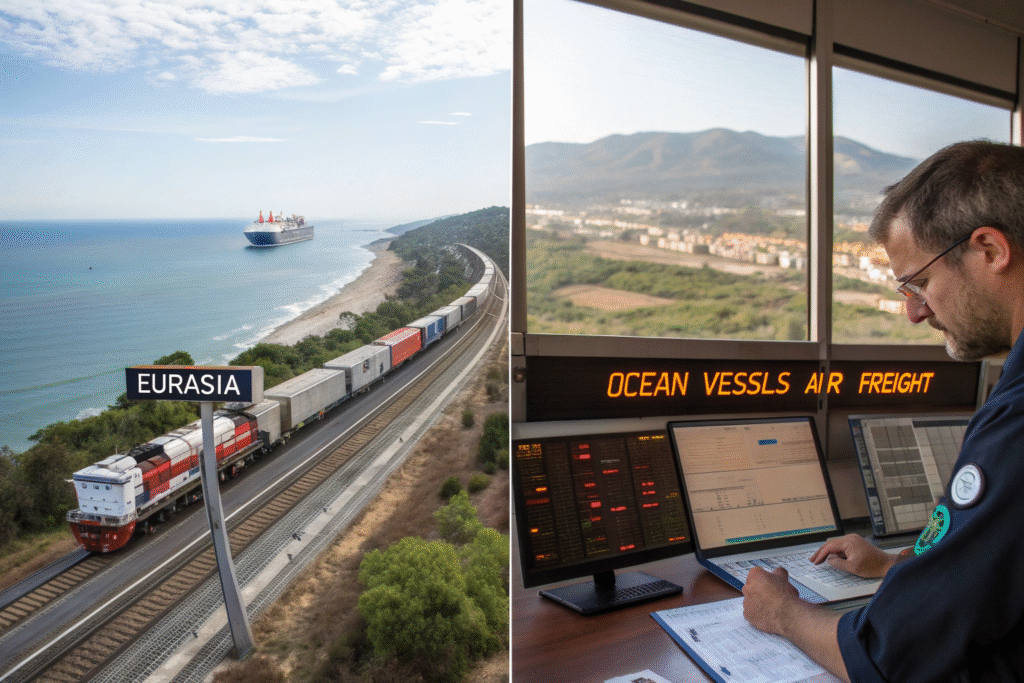
How Fast Is Rail Freight Compared to Ocean and Air?
Rail freight from China to Europe (e.g., Yiwu to Madrid) takes 12–18 days, while ocean freight usually takes 30–45 days. Air freight is faster (5–7 days), but much costlier.
You can explore average transit times using platforms like RailFreight.com or compare routes via TransContainer. When lead time matters but cost is a concern, rail wins.
Is Rail More Affordable Than Air?
Yes. Rail is about 30–50% cheaper than air freight for the same lane. A 500kg shipment to Germany by air might cost $3,000+, while by rail it can be under $1,500 with proper planning.
Sites like Freightos offer instant comparisons, but forwarders like us can help you batch cargo or optimize the rail-to-door delivery to lower unit price.
What Routes Are Available from China via Rail?
China’s rail network to Europe is more extensive than most people think. Routes now reach over 100 cities in 24 countries, offering flexibility for exporters and importers.
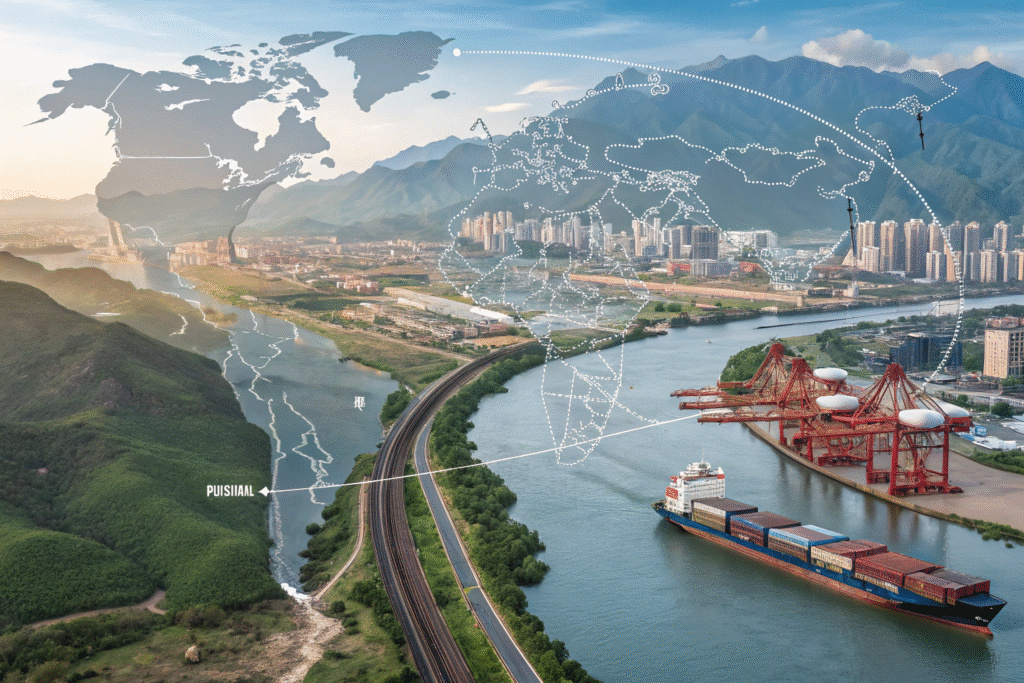
What Are the Key Rail Hubs in China?
The primary departure points include:
| City | Feature |
|---|---|
| Chongqing | Fastest to Europe (14–16 days) |
| Xi’an | High-frequency trains to Germany/Poland |
| Yiwu | Known for light consumer goods shipments |
| Zhengzhou | Hub for electronics and machinery |
You can see live schedules on China Railway Express, or ask your freight agent to check availability from bonded zones.
Which European Terminals Receive Rail Cargo?
Popular destinations include:
- Duisburg, Germany – the largest inland terminal
- Lodz, Poland – strategic EU border hub
- Madrid, Spain – westward extension from Yiwu
We work with partners like DB Cargo to track cargo handovers and delivery windows, ensuring smooth final-mile transitions in Europe.
How Stable and Secure Is Rail Freight?
One of rail freight’s major strengths is its reliability—even through landlocked terrain. It avoids ocean storms, and unlike road, it isn’t disrupted by driver shortages or traffic bans.
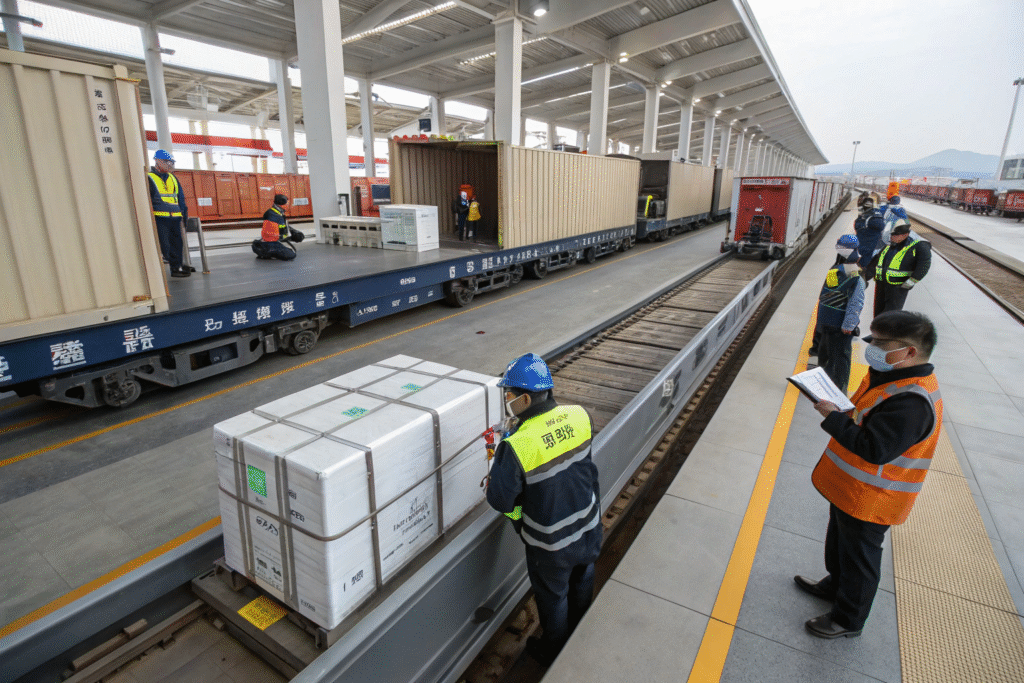
How Reliable Is the Rail Freight Schedule?
Rail lines like the China–Europe Express operate fixed weekly departures. Delays are rare and mostly weather-related in winter at border crossings like Khorgos.
We monitor status using platforms like CargoSmart or receive real-time location updates through carrier-integrated systems, helping clients plan warehouse intake in advance.
Is Cargo Safe During Rail Transit?
Yes, especially with container sealing, GPS tracking, and bonded transfers. Unlike ocean transshipments, there are fewer handovers and less handling risk.
We use secured depots and even offer rail insurance through trusted partners like TT Club for high-value goods. For electronics, garments, and auto parts, rail offers reliable transit with minimal touchpoints.
Who Benefits Most from Choosing Rail Freight?
Rail isn’t for every shipment. But for companies balancing cost, speed, and consistency, it’s a smart play. It especially suits medium-volume cargo, time-sensitive B2B orders, and long-term EU-based fulfillment strategies.
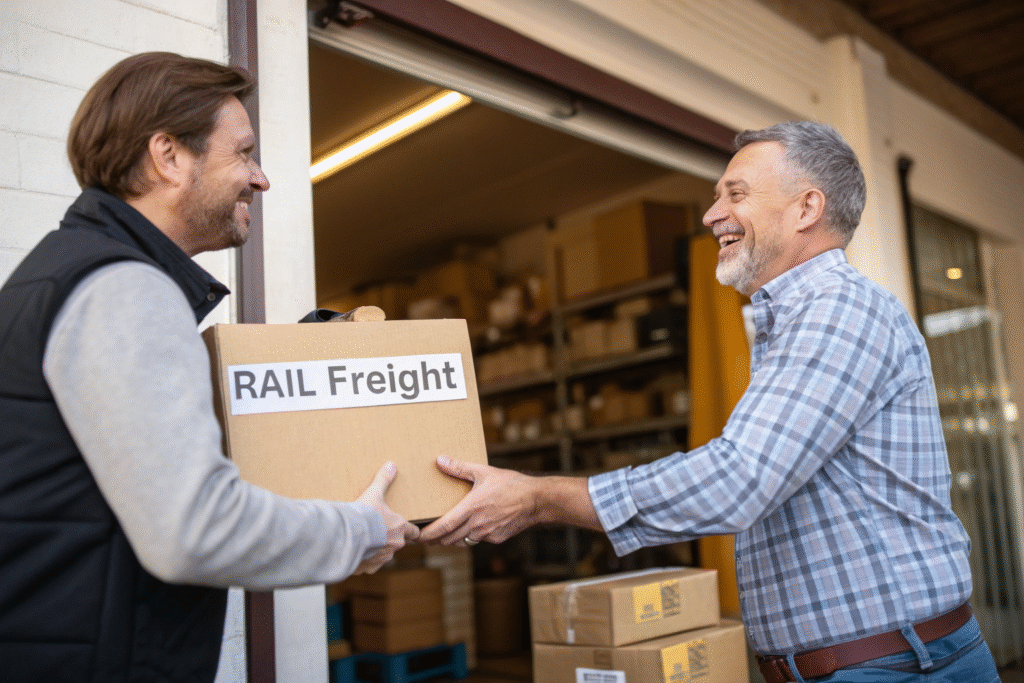
Which Industries Are Ideal for Rail?
Common rail users include:
- Apparel & Textiles – faster seasonal delivery than sea
- Electronics – stable transit, less movement
- Automotive Parts – JIT (Just-In-Time) delivery to EU
- Furniture & Gifts – affordable for bulky but not urgent goods
Clients often find these routes in between air’s high cost and ocean’s long lead times. Learn more from GEODIS Rail Services.
Can Rail Be Combined with Other Modes?
Absolutely. We help companies use Sea–Rail or Air–Rail combinations. For example:
- China to Kazakhstan by rail, then truck to Russia
- Rail to Warsaw, then courier to retail hubs in Germany
This hybrid approach keeps total cost low while protecting delivery timelines. Our routing teams use tools like Project44 to optimize these chains.
Conclusion
If you're shipping to Europe or Central Asia and tired of long ocean lead times or sky-high air quotes, rail freight might be your solution. At GeeseCargo, we've helped clients shift their supply chain strategy by unlocking the potential of the China-Europe rail corridor.
Whether you're consolidating orders from multiple factories or simply want to explore more stable lanes, rail freight brings speed, affordability, and visibility into one trackable package. Let's build the right route—together.
